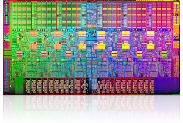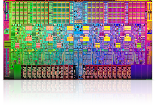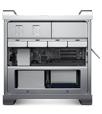Accelerated architecture.
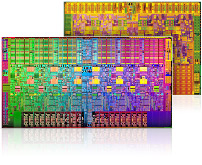
Choose your cores: 4, 6, 8 or 12.
The new Mac Pro offers two advanced processor options from Intel. The Quad-Core Intel Xeon “Nehalem” processor is available in a single-processor, quad-core configuration at speeds up to 3.2GHz. For even greater speed and power, choose the “Westmere” series, Intel’s next-generation processor based on its latest 32-nm process technology. ”Westmere” is available in both quad-core and 6-core versions, and the Mac Pro comes with either one or two processors. Which means that you can have a 6-core Mac Pro at 3.33GHz, an 8-core system at 2.4GHz or, to max out your performance, a 12-core system at up to 2.93GHz.
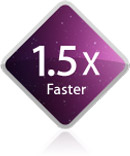
The single-die advantage.
Many multicore processors are composed of two separate dies, which means some cached data has to travel outside the processor to get from core to core. That’s an inefficient way to access information. Enter the Quad-Core and 6-Core Intel Xeon processors. Their single-die, 64-bit architecture makes 8MB or 12MB of fully shared L3 cache readily available to each of the processor cores. The result is fast access to cache data and greater application performance. Combine that with the other technological advances and you get a Mac Pro that’s up to 1.5x faster than the previous generation.
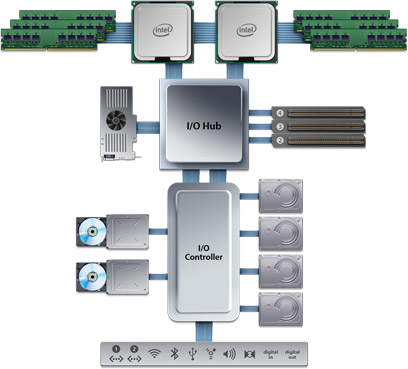
Fast memory. And lots of it.
System memory is often connected to a processor through a separate I/O controller. But Intel Xeon “Nehalem” and “Westmere” processors feature an integrated memory controller. By connecting memory directly to the processor, the new Mac Pro processors have faster access to data stored in memory, and memory latency is reduced.
The integrated memory controller, along with fast DDR3 ECC SDRAM at either 1066MHz or 1333MHz, gives Mac Pro an increase in memory bandwidth over previous generations. More bandwidth allows for more data to be fed to the processor faster, helping each core spend its time processing data, not waiting for information to arrive. And Error Correction Code (ECC) corrects single-bit errors and detects multiple-bit errors automatically. That’s especially important in mission-critical and compute-intensive environments.
Power when (and where) you need it.
The Mac Pro features Turbo Boost, a dynamic performance technology that automatically boosts the processor clock speed based on workload. If you’re using an application that doesn’t need every core, Turbo Boost increases the speed of the active ones, up to 3.33GHz on a 12-core Mac Pro, and up to 3.6GHz on a 6-core system.
Up to 24 virtual cores.
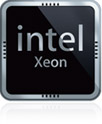
The Intel Xeon processors support Hyper-Threading, which allows two threads to run simultaneously on each core. So, for example, a 12-core Mac Pro presents 24 virtual cores that are recognised by Mac OS X. Performance is enhanced because Hyper-Threading enables the processor to take better advantage of the execution resources available in each core.
Path of least resistance.
A bi-directional, point-to-point connection — called QuickPath Interconnect — gives the Intel Xeon processors quick access to the disk, I/O and other Mac Pro subsystems. In dual-processor Mac Pro models, there’s a QuickPath Interconnect between the two processors as well. This connection acts as a direct pipeline, so processor-to-processor data doesn’t need to travel to the I/O hub first. It’s another way the Mac Pro boosts performance across the board.

Powerfully efficient.
The Mac Pro meets the stringent low power requirements set by the EPA, giving it ENERGY STAR qualification. ENERGY STAR 5.0 sets significantly higher efficiency limits for power supplies and aggressive limits for the computer’s typical annual power consumption.
STREAM. Memory throughput.
- Mac Pro 12-core 2.93GHz compared to Mac Pro 8-core 2.93GHz (previous generation)
